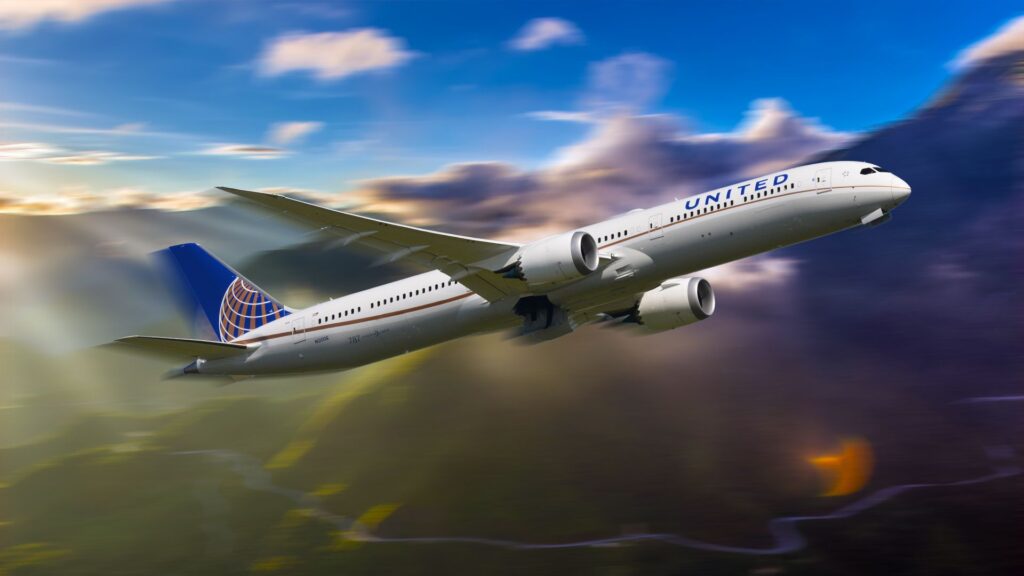Boeing extended the Dreamliner family with the 787-10, which features a fuselage length of 224 feet (68 m), 38 feet longer than the 787-8. This lengthening provides nearly 40 more seats than the 787-9 and almost 90 more than the 787-8, accommodating up to 330 passengers in a two-class layout.
To achieve this without redesigning the existing wings or tail, Boeing inserted nine additional fuselage frames, reinforcing key structural areas to manage increased loads and drag. The 787-10 maintains the same maximum takeoff weight as the 787-9, allowing for improved seat mile economics of 10-15% on medium-range flights, despite a slightly reduced maximum range.
The design benefits from high commonality with the other 787 models, sharing over 90% of components, which simplifies pilot training and maintenance across the fleet. While the extra length increases structural complexity and requires careful management of bending moments to prevent issues like tail strikes during takeoff, these adjustments also allow for streamlined operations and reduced costs.
Airlines are able to strategically deploy the 787-10 on routes that maximize capacity without needing to develop entirely new aircraft, effectively meeting the demand for efficiency in medium-range operations. As the market evolves and new technologies emerge, Boeing’s approach with the 787-10 may influence future aircraft designs.
Source link


